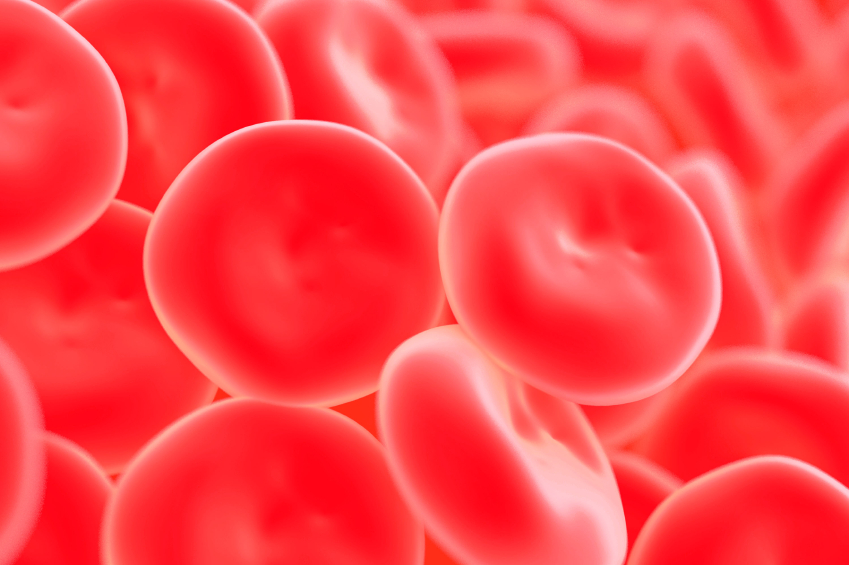Insulin with cord blood
According to a study carried out by Pr Colin McGuckin (Newcastle Center for Cord Blood, Newcastle University) and Pr Larry Denner’s teams (Stark Diabete Center, University of Texas Medical Branch), it is possible to create insulin-producing cells from cord blood stem cells. These results open new perspectives in the treatment of insulin-dependant diabetes (Type I diabetes), which is a disease due to the destruction of pancreas cells which ensure the synthesis of the hormone regulating the blood sugar level. In this study published in Cell Proliferation of June 20071, the researchers explain that they succeeded in transforming cord blood stem cells into insulin-producing cells in 21 days.
Which therapeutic hopes?
These works could enable replacing the grafts of pancreatic tissue fragments containing insulin-producing cells of the islets of Langerhans. Nico Forraz, co-author of the study specifies “for people with type I diabetes, we plan to use stem cells to create insulin secreting cells, but also immune cells contained in cord blood, which could allow to “calm down” the auto-immune roots of this disease which destroys areas of pancreatic tissue”.
Cord blood banks
If therapeutic interest of these studies is confirmed, the necessity to obtain cord blood units in great amounts will impose quickly.
In France, the ethical and health authorities are opposed to the establishment of private cord blood banks. For the National Consultative Ethic Committee (CCNE), the constitution of private bank for a strictly autologous use of cord blood is contrary to the principle of solidarity of our health system. In 2002, the CCNE recommended public authorities to promote an important development of cord blood private banks with essentially allogeneic purposes2.
French situation
In January 2006, France had 5,150 stored units of cord blood, which only ranked 16th at the global level in unit number per inhabitant. Today, in June 2007, 5,800 cord blood units are preserved in French public banks. To be at the same level as our European neighbours, our stock should be at 50,000.
Nevertheless, out of the four hospitals acting as public banks, two should stop for financial reasons. Today only two cord blood banks are still operating, in Bordeaux and in Besançon, and the bank of Saint Louis Hospital in Paris should be operational in a short while.
This delay is tempered by French graft quality for which France is in the “leading bunch“. This way, the stake for France to remain internationally competitive is to increase the size of its bank, while preserving the excellent quality of its graft.
Delay to make up
The study which has just been published should contribute to recall the emergency existing in our country to develop the preservation by freezing umbilical cord blood. “In each cord blood, it is possible to obtain around 500,000 stem cells, recalls Nico Forraz from the Stem Cell Institute of Newcastle University. With 120 millions of children which are born every day in the world, cord blood stem cells will be predominant in the research on cell therapies.
The Virgin Health Bank
Sir Richard Branson, Virgin founder and chairman, announced in January 2007, the creation of a new mode of cord blood bank. Virgin Health Bank will be the first bank of this type both private and public. For around 2,270 euros, the parents who wish it, will be able to preserve their child cord blood for 20 years.
Financed by its clients and its investors, Virgin Health Bank will give, for free, 80% of each sample to a public bank. The remaining 20% will be the exclusive property of the family.
Moreover, Sir Richard Branson agreed to refund all profits received by Virgin Group to the research on adult stem cells. 

1. Directed Engineering of umbilical cord blood stem cells to produce C-peptide and Insuline; L. Denner, Y. Bodenburg, J. G. Zhao, M. Howe, J. Cappo, R. G. Tilton, J. A. Copland, N. Forraz, C. McGuckin, R. Urban (2007); Cell Proliferation 40 (3), 367-380.
2. Opinion of the National Academy of Medicine of 19th November 2002 and opinion of the CCNE of 12th December 2002

